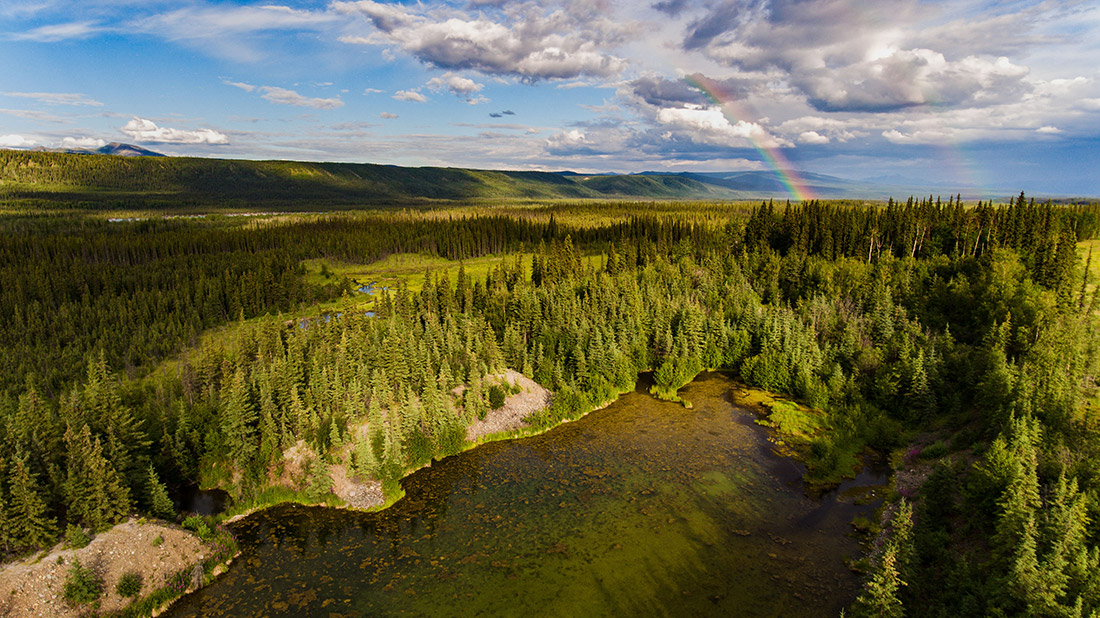By Scott Steen

THIS IS A MONTH OF LASTS FOR ME here at American Forests — my last board meeting, my last staff meeting and my last “Offshoots” column. In mid-July, my seven-and-a-half-year tenure as president and CEO of this great organization will come to a close. My leaving is bittersweet, but I am excited about the future of American Forests, which will continue doing vital work at this critical time for the planet — it is the right organization at the right time.
When I arrived here in late 2010, the organization was venerable, but a bit worse for the wear. I was certainly dazzled by the organization’s legacy. Back in the day, American Forests helped launch the conservation movement in America, gave birth to the idea of the U.S. Forest Service and a national forest system, and helped create the Civilian Conservation Corps, to list just three of its many remarkable achievements. Conservation legends, such as Teddy Roosevelt, Gifford Pinchot and Aldo Leopold, helped shape the organization, along with tens of thousands of members. But by the end of the first decade of the new millennium, American Forests was struggling to find its place.
I knew when I was hired that I was an unusual choice to be CEO. While I had a personal love of forests and believe strongly that climate change is the most pressing issue of our time, my prior career focused on organizational strategy and communications. I knew little about the technical aspects of forests, had no contacts in the relevant government agencies, nor could I identify more than about 10 tree species by sight. But the board decided that what American Forests most needed was someone who knew how to lead change in a nonprofit and who could help the organization tell its story more effectively. These things I could do.
In reality, my biggest contributions to the organization may have been a willingness to dream big and try new stuff, and the ability to attract people who were smarter than me. Today, American Forests is a very different organization. Our membership has grown threefold, our social media audience has topped 250,000 (from under 2,000) and our financial resources continue to expand. We have a courageous and supportive board, an exceptionally gifted staff and a growing cadre of partners, donors and supporters who believe deeply in the work we are doing together.
But the most important ways that American Forests has changed — and will continue to change — relates to the work we do to care for our forests. Eight years ago, we mostly functioned as a foundation — raising money and selectively awarding it to government agencies and on-the-ground partners to plant trees in forests around the world. Our primary measure of success was the number of trees we had planted.
As our staff has become increasingly sophisticated, our approach to the work has changed and our impact has grown. Our American ReLeaf program still plants millions of trees each year, but these days, we are going deep on some of the most important and threatened landscapes in America. Long-term impact is now our principal metric. We are building wide-ranging restoration partnerships, conducting science-based planning, advancing a policy agenda that supports these efforts, and increasingly viewing our projects as learning laboratories for our other projects and for the greater conservation community.
Our Community ReLeaf program, launched in 2013, has grown into a model outreach effort that balances the large-scale environmental benefits of expanding tree canopy in cities with the need to expand access to trees and greenspace in underserved neighborhoods. Like American ReLeaf, Community ReLeaf is grounded in local partnerships, science-based planning and a supporting public policy agenda.
While these programs provide a foundation for the future, leadership and innovation are revealing the potential for American Forests’ future impact. During the last year, our programs team has led an aggressive strategy for advancing the use of forests as a natural solution to climate change, positioning the organization at the forefront of these efforts nationally.
American Forests is thriving and the work has never been more needed. So why am I leaving? I have always believed that one of the greatest gifts a leader can give an organization is knowing when to move on. American Forests needs a different kind of leader today than it did when I was hired. Our challenges are different, and so a different set of skills and experiences are necessary to take this organization to its next level of success.
That said, I fully intend to stay engaged — as a cheerleader, advocate and donor. Forest conservation is one of the most valuable things we can do for the health of the planet. And while American Forests is doing great work now, I have no doubt that its impact will only increase.
Scott: Thank you for your leadership and inspiration. We have grown and thrived — a bit like the trees that have been planted during your time at American Forests. And like the trees, our strong roots will continue to support us through the many seasons ahead.”
— The Staff at American Forests